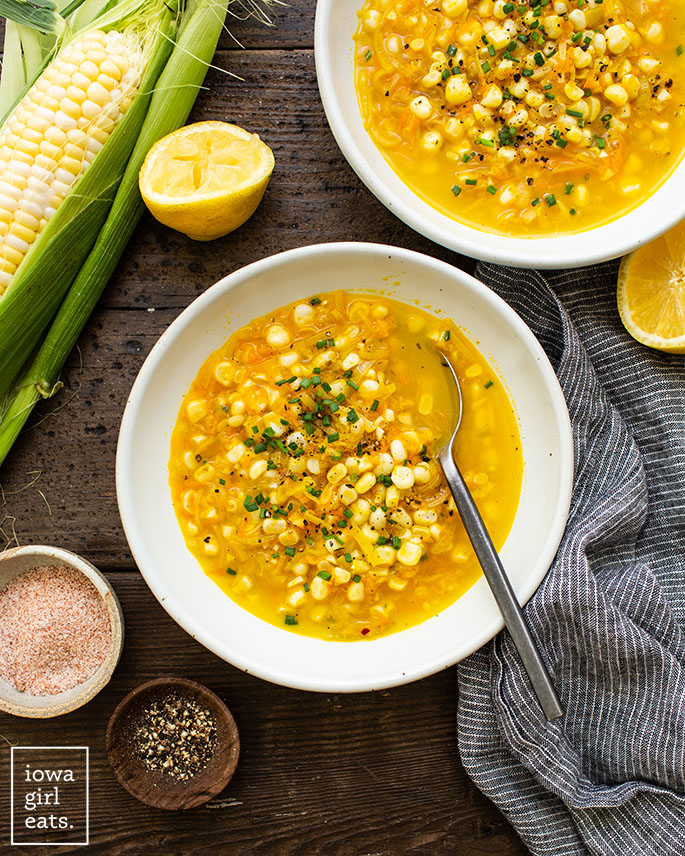Indigenous edible plants and bush foods to expand at residence
Bush foodstuff are edible plants that are indigenous to Australia.
They have been harvested, cooked and made use of as medication for tens of hundreds of yrs by Aboriginal persons and Torres Strait Islanders and are an crucial section of residing cultures.
A great deal additional a short while ago, they have been building waves with cooks and foodies seeking to embrace regional flavours. And many are effortless to increase in yard veggie patches and balcony gardens.
Kalkani Choolburra is a Girramay, Kuku Yalanji, Kalkadoon and Pitta Pitta female from considerably north Queensland. For her, non-Indigenous men and women rising bush foods at dwelling represents “a minimal leaf in a broader tree”.
The Aboriginal programs officer at the Royal Botanic Gardens in Melbourne shares 4 bush foodstuff that can be grown in pots, additionally ideas for how to try to eat them.
Glance for these plants at regional or on-line nurseries specialising in natives, edible crops and bush food items.
1. Native spinach, warrigal greens or NZ spinach (Tetragonia tetragonoides)
ABC News: Eliza Buzacott-Speer
)“Native spinach is super easy to expand and can be employed just like spinach or silver beet,” claims Kalkani.
Developing guidelines
Plant indigenous spinach in total sunlight to part shade.
Choose a pot that is broader then it is deep because they like to sprawl and plant into a premium potting combine or a 30/70 blend of horticultural sand and potting mix.
Give it loads of water above summertime and frequently harvest (i.e. eat it!) to inspire it to expand.
Suggestions for cooking and eating
Kalkani’s favorite recipe is warrigal spinach pesto pasta. She’s also a huge supporter of employing it as a spinach substitute in a typical cob loaf dip.
When cooking and taking in, she endorses blanching it 1st in boiling h2o. This can enable to lower the small but documented hazard of kidney stones from leafy greens.
2. Finger limes or citrus caviar (Citrus australasica)
ABC Rural: Jessica Schremmer
)“One particular of my favourites,” claims Kalkani. The finger-shaped fruit are packed with smaller beads of tangy, bitter lime fruits that explode in your mouth.
Escalating tips
Indigenous to northern NSW and southern Queensland, finger limes can conveniently be developed in a pot with a excellent high quality potting blend. Feed consistently by spring and summer season with citrus or a liquid fertiliser.
“If you might be planting it in temperate climates like Melbourne – you can plant it anytime apart from superior summertime for the reason that it does require a ton of h2o offered it will come from my region and the rainforest location of NSW,” suggests Kalkani.
Aspect note: these are so preferred they are flying off nursery shelves! I advocate contacting your area nursery to see if they have any in stock prior to generating the trip.
Ideas for cooking and eating
“Typically we use it with a large amount of fish and brewers use it as a contemporary flavour with gin and soda water,” says Kalkani.
3. Lemon myrtle (Backhousia citriodora)
ABC Day to day: Chrissi Charles
)Lemon myrtle is a rainforest tree with edible lemon-scented leaves.
“It truly is the least complicated bush plant to mature,” suggests Kalkani.
Growing recommendations
In Queensland, lemon myrtle trees can expand upwards of 4 metres, but they are scaled-down trees when grown in cooler, drier climates.
They can effortlessly be pruned to size in a pot and make a excellent balcony tree in a sunny place.
Make guaranteed to plant in a large-excellent potting blend and feed with liquid or sluggish-launch fertiliser around spring and summer. Give them a lot of water, primarily if they are in a sunny posture or in a pot.
Thoughts for cooking and ingesting
“You can cook with it like a lemony bay leaf and use it like a herb in sweet dishes these kinds of as cakes and muffins,” says Kalkani.
It can also be produced into a tea.
“With the new leaves place them in boiling water for three minutes,” she says to stay clear of bitterness.
“Dry leaves can be soaked for ages.”
4. Indigenous mint (Mentha australis)
The perfect pot plant, indigenous mint has a distinctive spearmint-like flavour. It’s native to shady rivers and bogs in all states besides WA (sorry WA!).
Escalating recommendations
It prefers element shade, is ideal planted in a pot and requires heaps of drinking water and normal pruning (i.e. harvesting and feeding on!).
Use potting combine with a lot of organic issue (i.e. compost) and leading up the pot with a mix of contemporary potting combine and compost in spring and summer months.
Ideas for cooking and eating
“We cook native mint historically with kangaroo (or lamb). I have also found it in a lemon myrtle and indigenous mint cheesecake and melted in with chocolate,” suggests Kalkani.
Chrissi Charles is a queer author and plant scientist passionate about propagating plant literacy on Wurundjeri nation.
ABC Everyday in your inbox
Get our e-newsletter for the greatest of ABC Day to day every week







